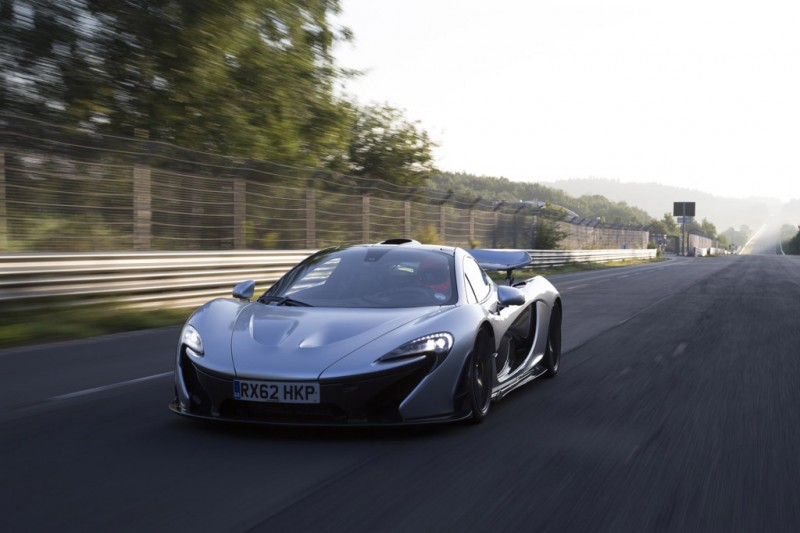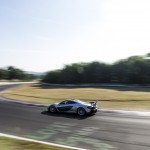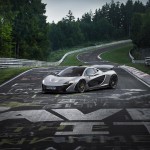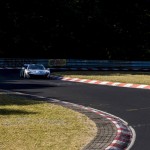From the outset, the McLaren P1™ has been developed with one clear goal: to be the best driver’s car on both road and track. To achieve this, the development programme has focussed on ensuring the McLaren P1™ pushes the boundaries in terms of sheer performance, with testing carried out in some of the harshest conditions around the world. But one challenge remained, and that was arguably the toughest of them all.
20.8 kilometres driven at an average speed in excess of 178 km/h. Sounds easy, until you add in more than 150 corners, 300 metres of elevation changes and cornering forces of up to 2g. All in less than seven minutes…
Commenting on the sub-seven achievement by the McLaren P1™, McLaren Formula One driver and 2009 world champion Jenson Button said:
“The fact that the McLaren P1™ has posted a sub-seven-minute lap at the Nürburgring is unbelievably impressive.
I’ve been an F1 driver for 14 years, and I’ve driven more than 240 Grands Prix and, although I’ve never raced an F1 car on the Nürburgring-Nordschleife circuit, because the last time the German Grand Prix was held there was before I was born, I know exactly how challenging, and daunting, a racetrack it is.
Over the past dozen-or-so years I’ve owned a lot of ultra-high-performance road cars. I’ve driven the McLaren P1™ on a number of occasions – including up the hill at the Goodwood Festival of Speed, where it was sensational – and I think it’s a truly superb machine: unbelievably refined yet unbelievably quick.
But, as I say, for it to have recorded a sub-seven minute lap time around the Nürburgring is the icing on the cake: proof positive, backed by hard data, on the greatest racetrack of them all, that McLaren has created a genuine game-changer.”
As an interesting technical point, throughout the course of a single lap, a gear change was made every six seconds on average and, unlike in Formula One when DRS is limited to one or maybe two designated zones to aid overtaking, the system was used for nine percent of the entire lap on seven separate occasions as Chris Goodwin (McLaren’s chief test driver) made his way towards the finish line. The system is operated through the steering wheel-mounted button, and trims the twin element rear wing from 29° to 0°. When engaged, the use of DRS reduces downforce on the car by 60 percent.
Annoyingly, McLaren has seen fit not to divulge the actual lap time even though they have mentioned things such as the average speed minimum to achieve a sub seven second lap time (111mph or 178 km/h) which is of course what Porsche posted when their 918 Spyder did the ‘Green Hell’ in under seven minutes too. Considering Porsche managed an impressive 6.57 lap time, it will be interesting to see what McLaren achieved. Side by side, the two cars are comparable in weight, power and performance yet on the Nurburgring where suspension setups can make a difference due to the bumps it’s anyones guess as to whether or not the McLaren did indeed beat the Porsche.
There is a rumour that McLaren are waiting for Ferrari to post their laptime for the LaFerrari (another hybrid supercar) around the Nürburgring-Nordschleife, but this is speculation between the rival brands. What is for sure though, is that no matter what the lap time, if it is under seven seconds – which it is – then it is very impressive indeed!
Source; McLaren




